Academic Partner Laboratories
Academic Partner Laboratories
Academic Partner Facilities
Each of the six Academic Partners in CDAC operates laboratories that support their individual scientific programs, and each has access to university-wide facilities and resources at the respective home institutions. The CDAC Academic Partners make their laboratories available for Center personnel to engage in collaborative research efforts and promote cross-disciplinary research and training. Specialized facilities at each partner institution are unique and provide exceptional training opportunities for graduate students and postdoctoral researchers.
Dorfman
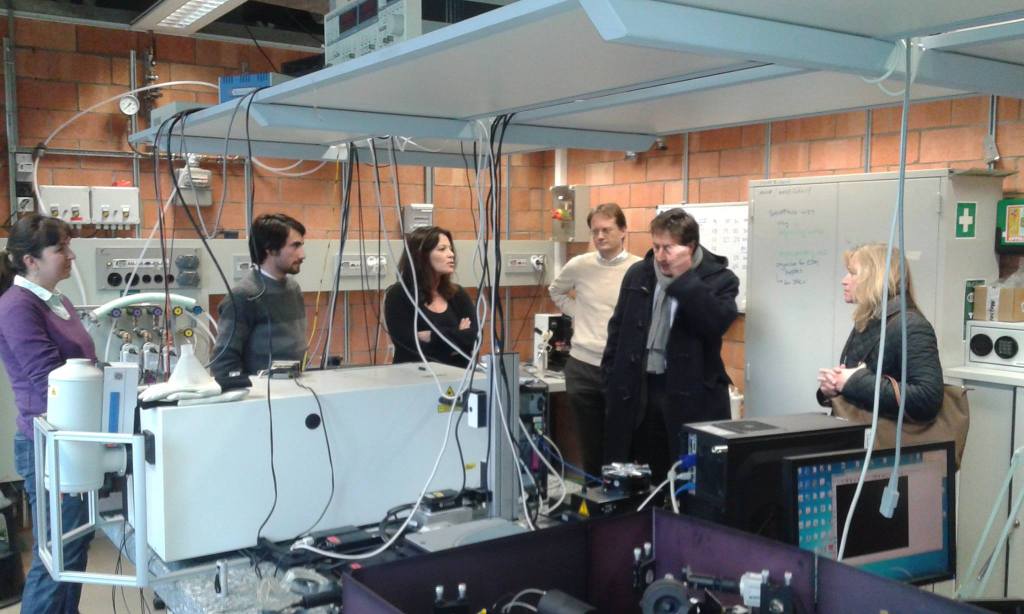
Dorfman Laboratory / Michigan State University – In addition to the specialized facilities in the Dorfman Laboratory, the Department of Earth and Environmental Sciences at MSU complete sample preparation equipment including fume hood access. Additional capabilities are available in MSU’s Composite Materials and Structures Center. The MSU Center for Advanced Microscopy provides polishing and ion milling systems capable of machining samples to nm tolerances for microscopy and elemental analysis. The MSU Fraunhofer Center for Coatings and Diamond Technologies commissioned a split-sphere multianvil press for high-pressure synthesis in summer 2016, and provides facilities for diamond growth and machining including carbon-vapor deposition and laser polishing systems. Starting materials may also be synthesized in controlled atmosphere furnaces in the MSU Solid State Ionics Laboratory. Compositions of samples can be determined by wavelength-dependent X-ray fluorescence using the Bruker S4 PIONEER instrument in the laboratory of Dr. Tyrone Rooney. An additional, energy-dispersive XRF system is available in the Department of Chemistry. Trace elements may also be analyzed in the Rooney laboratory by laser inductively-coupled plasma mass spectroscopy for microprobe composition analysis, two Cameca electron microprobes (SX-100, MBX) are available at the R.B. Mitchell Electron Microbeam Analysis Laboratory, a user facility at the University of Michigan. X-ray diffractometers are available at MSU on a fee basis from the MSU Chemical Engineering and Materials Science Teaching Laboratory and the MSU Chemistry Department Center for Crystallographic Research; powder, thin film and single-crystal capabilities are available. Phases may also be identified by Raman spectroscopy using the Horiba Aramis Raman confocal microscope/spectrometer at the CMSC, equipped with visible, near-IR and UV lasers and both Peltier-cooled and liquid-N2-cooled CCD detectors.
Ertekin
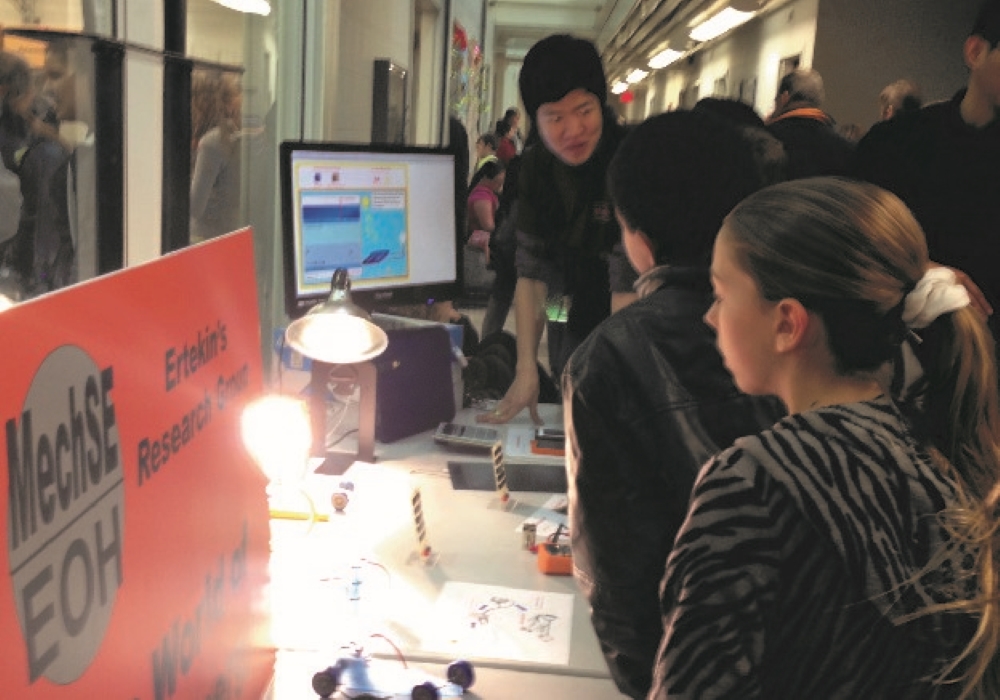
Ertekin Laboratory / University of Illinois at Urbana-Champaign – UIUC has extensive computational facilities available to the Ertekin group, including the University of Illinois Shared Computing Cluster, which includes 52 compute nodes and 624 compute cores. Nodes are connected by a high-bandwidth, low-latency Voltaire QDR Infiniband network for high-performance scalability. The Blue Waters Petascale Computing Project at the National Center for Supercomputing Applications at UIUC, for which 7% of the computing time is allocated to faculty access. Other computational resources are available through other supercomputing user centers such as the NERSC and XSEDE.
Jacobsen
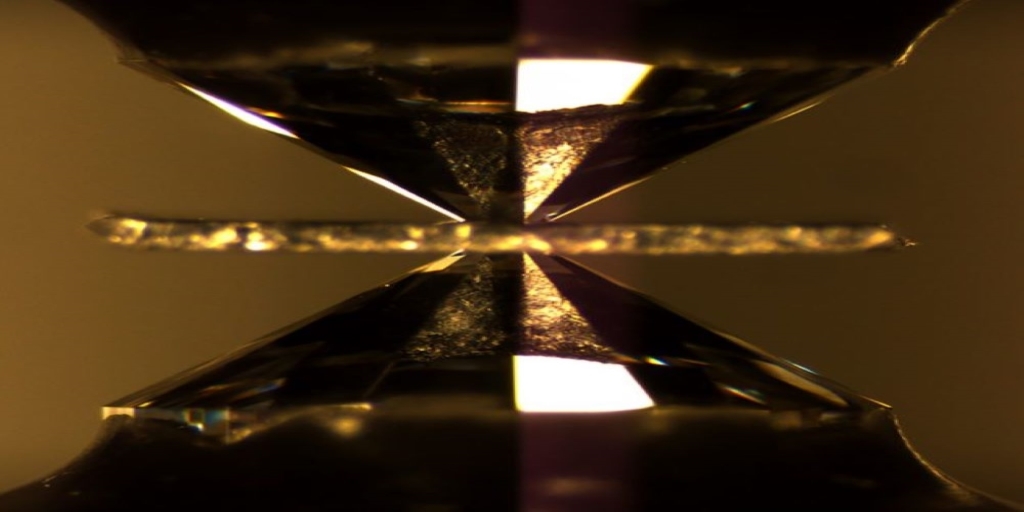
Jacobsen Laboratory / Northwestern University – The Mineral Physics Laboratory at Northwestern University houses an extensive array of sample preparation and characterization capabilities housed in over 1000 ft2 of newly-renovated laboratory space adjacent to the Technological Institute. Also available are the Northwestern University Atomic and Nanoscale Characterization Experimental Center and the Northwestern University Materials Research and Engineering Center. The Electron Probe Instrumentation Center houses both SEM and TEM capabilities along with a FIB instrument. The Keck Interdisciplinary Surface Science Facility and the Nanoscale Integrated Fabrication, Testing and Instrumentation Facility and Optical Microscopy and Metallography Facility also house additional specialized facilities for materials characterization. Many of the facilities at Northwestern are accessible through the Chicago Biomedical Consortium.
Lang
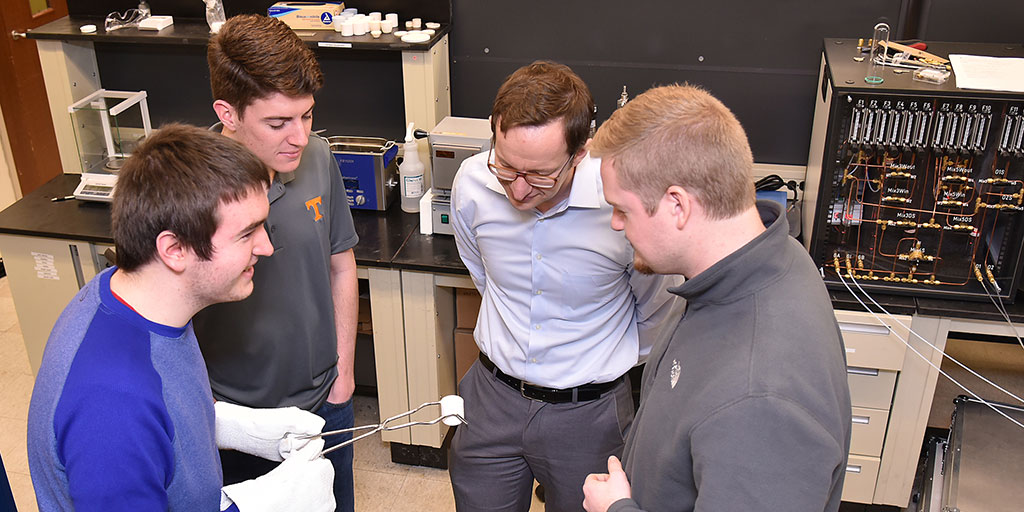
Lang Laboratory / University of Tennessee-Knoxville – The University of Tennessee (UTK) benefits from a very close relationship with Oak Ridge National Laboratory (ORNL). The ORNL Spallation Neutron Source (SNS) and 85 MW High Flux Isotope Reactor (HFIR) provides unique capabilities for neutron scattering experiments. Several other user facilities are available, such as the ShaRE Shared Research Equipment User Facility (TEM characterization) and the CNMS Center for Nanophase Materials Sciences (thin-film synthesis). In addition, the state-of-the-art microscopy capabilities at the ORNL, Advanced Microscopy Laboratory, are available through existing collaborations, as well as the computational resources of the UTK-ORNL Joint Institute for Computational Sciences. Access to these facilities will be available through user proposals and collaborations with the Joint Institutes for Computational Science (JICS), Advanced Materials (JIAM) and Neutron Sciences (JINS). On the UTK campus, the Lang group operates a general sample preparation laboratory, a high pressure-temperature laboratory and an analysist laboratory. At ORNL, the Lang group has access to the Nanoscale-Ordered Materials Diffractometer at the SNS. In addition, the Lang group has an ongoing collaboration with the Helmholz Center for Heavy Ion Research in Darmstadt, Germany, which includes all of the necessary instrumentation for irradiation of samples.
Miyagi
Miyagi Laboratory / University of Utah – The Miyagi laboratory contains complete facilities for the preparation of samples high pressure experiments using diamond anvil cells. In addition, the group has access to the Utah Nanofab Facility, which houses FIB/SEM and TEM instruments for sample characterization. Radial diffraction experiments are carried out at Beamline 12.2.2 at the Advanced Light Source, Lawrence Berkeley National Laboratory. Shock compression experiments are performed at the Matter in Extreme Conditions End Station of the Linear Coherent Light Source’s free electron laser. Each of these off-site laboratories has extensive sample preparation laboratories that are available for use by the group.
Zurek
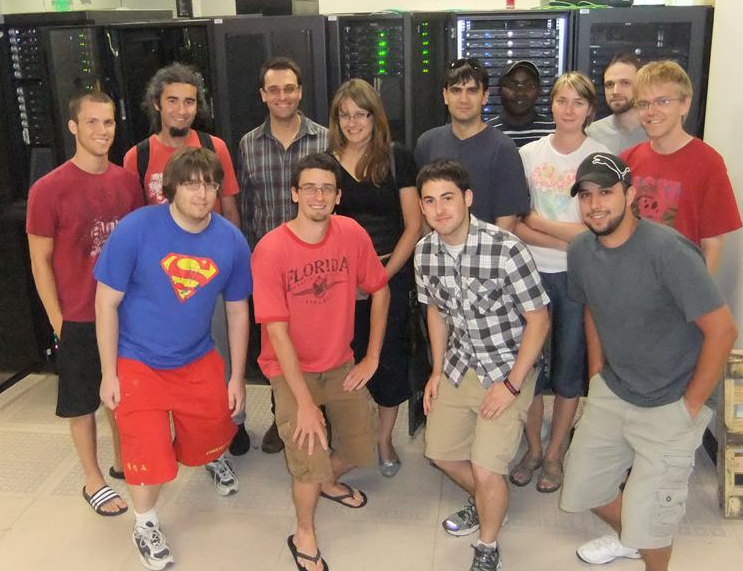
Zurek Laboratory / University at Buffalo – Facilities available for use by the Zurek group include a dedicated cluster, which is maintained by the university’s Center for Computational Research (CCR), which also maintains a Linux Cluster with 8000 processors, which is also available for more demanding computational work. The Zurek group has fully equipped office space that allows for 12 full time coworkers. The group has sufficient space to host visitors from across the Center for joint theory-experimental research collaborations, which have become an increasingly important part of the CDAC program since Professor Zurek joined the group of Academic Partners in 2013.